By Tim Scullen
By now, you’ve no doubt figured out how good chard, spinach, and kale are for you. But did you know that sweet potato leaves are loaded with vitamins C, K, A, B2, and magnesium? These heart-shaped leaves have been credited with preventing artery calcification, maintaining bone density, regulating menstruation, preventing cancer, enhancing brain function, assisting vision, and giving you healthy-looking skin and hair.
I eat them raw, but people steam and cook them as well. Some classify them as a “bitter” food, which we definitely need more of, but I have never found it so. The younger leaves are actually quite sweet (no pun intended).
If you are intrigued enough to try eating sweet potato leaves, you can grow your own, just like me.
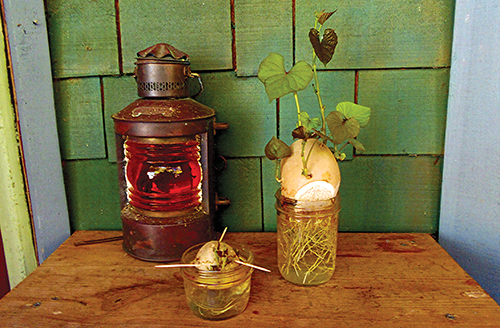
For starters, you will want to locate a good-looking organic sweet potato. I’ve tried sprouting both the yellow and the orange varieties and have only been successful with the yellow. Put the whole potato in a warm, sunny place and ignore it until it starts sprouting. Next, cut it in half and put toothpicks in it to keep one half suspended in a jar that will accommodate it. Place the cut side down in the water, then put the jar in a sunny window and wait a few days for the magic to happen.
Soon, long sprouts will begin shooting skyward and at this point, you can begin clipping those tasty leaves off and enjoying them. You can also plant the now-rooting tuber in the garden, making sure you provide some sort of trellis for the vines to climb. Be careful with the roots as they are super sensitive.
Ready to take it to the next level? You can make your own “slips” by gently breaking or cutting the 6- to 8-inch sprouts off the tuber and putting them in water. These will then begin rooting and be ready to transplant into soil in a week or two.
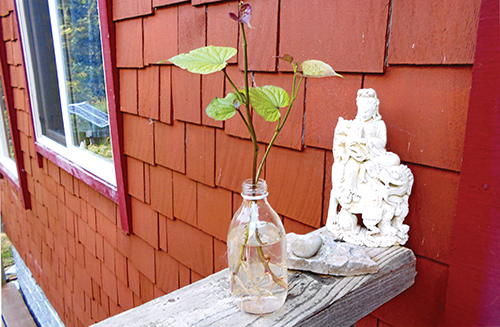
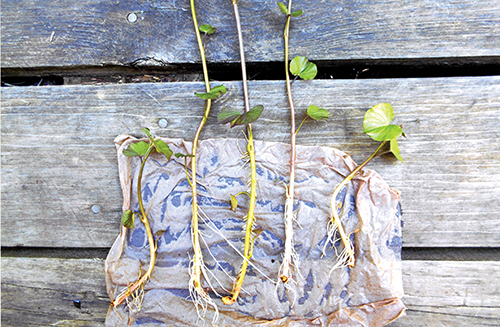
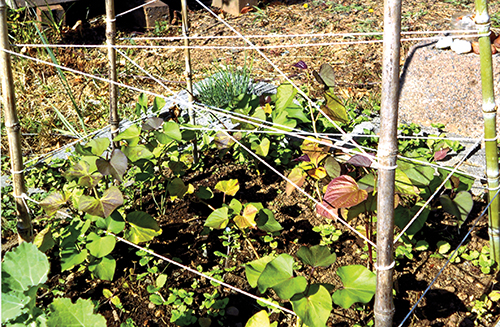
I have no illusions about harvesting sweet potatoes in my Pacific maritime climate (sweet potatoes are sensitive to cold weather; they prefer tropical climates), but at least I can produce a steady supply of these nutritious leaves with minimal effort and space.
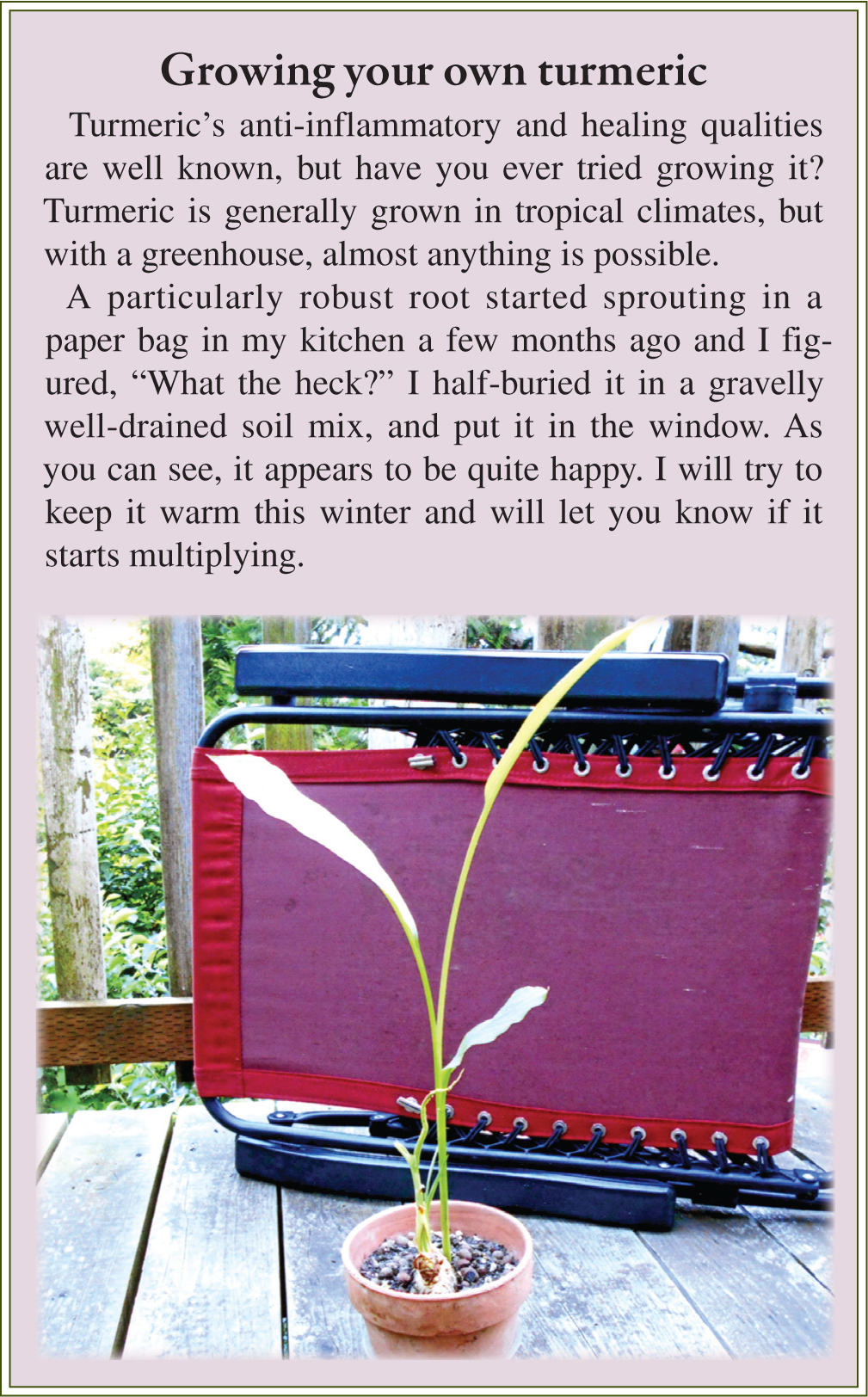












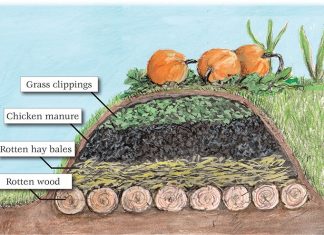
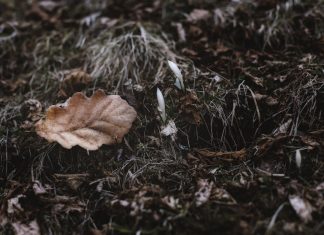
I FINALLY subscribed to Backwoods Home magazine as a gift to myself this year.
Well written, informative articles such as this are why!